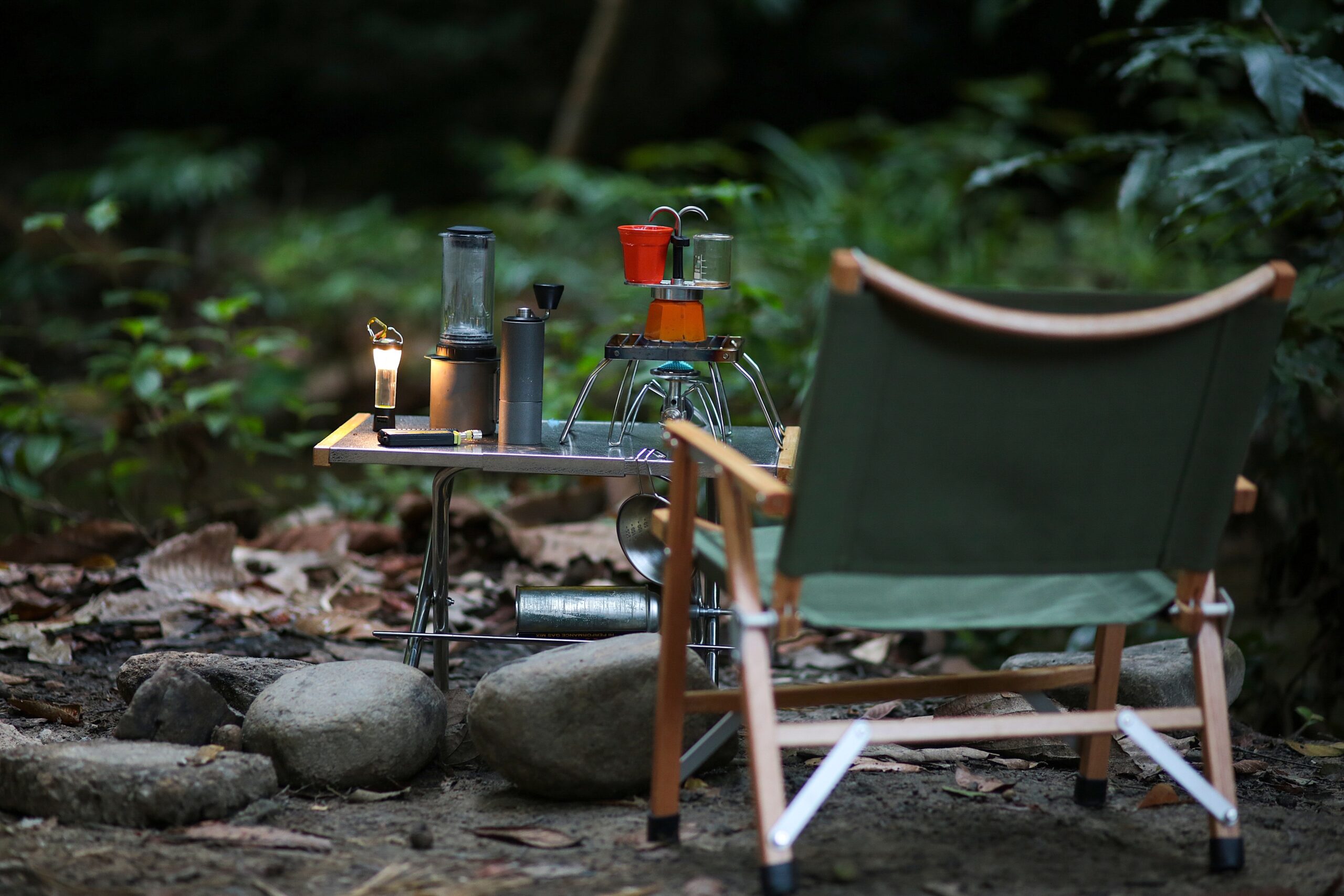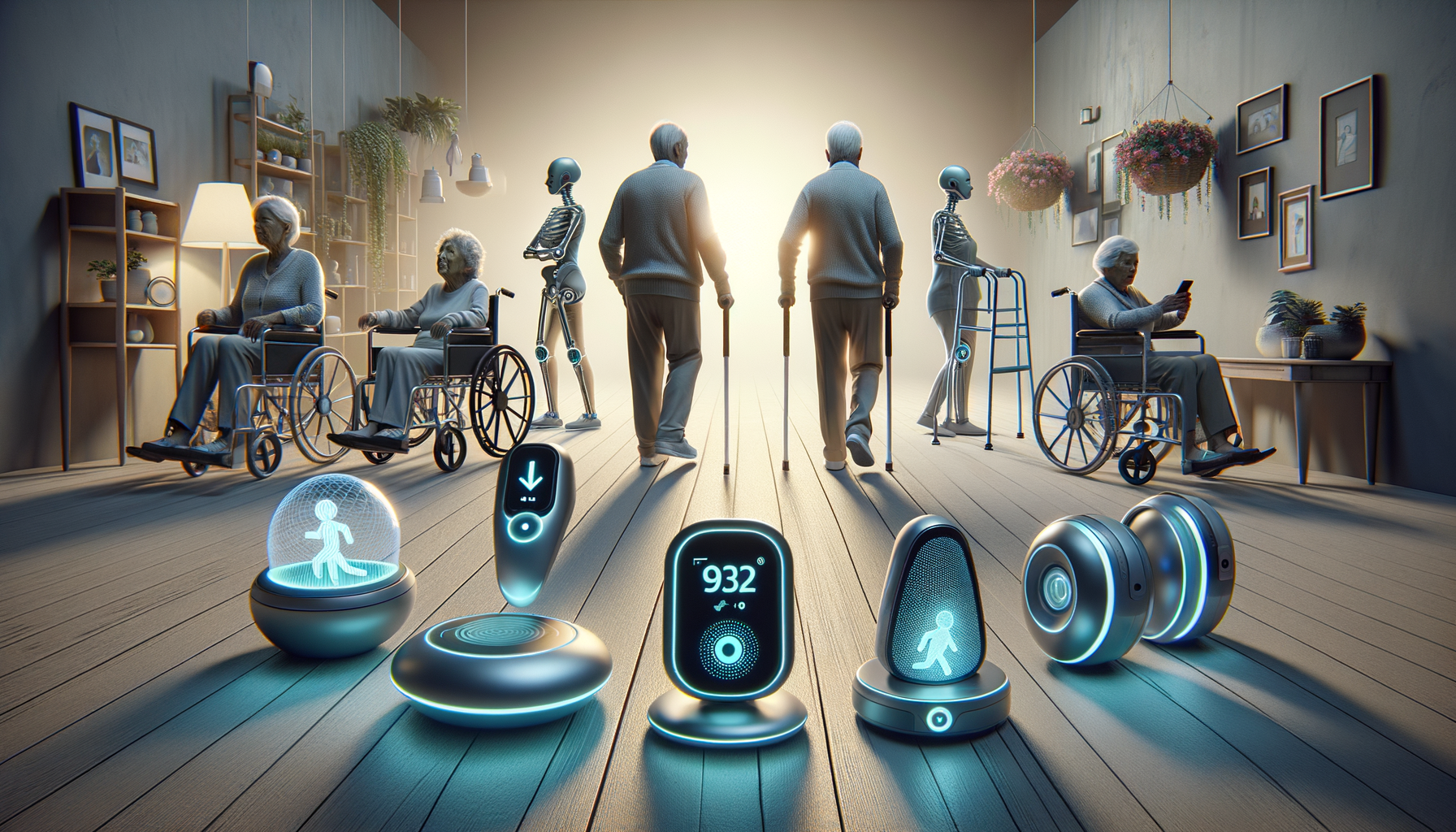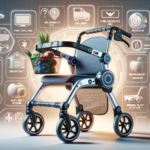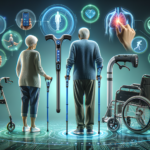Smart Walking Aids for Seniors
Smart walking aids have revolutionized the landscape of mobility for seniors, offering a blend of traditional support with modern technology. These devices are designed to assist seniors in maintaining their independence, while also ensuring safety and comfort. The integration of technology into walking aids has led to the development of features such as GPS tracking, fall detection, and even heart rate monitoring. These features not only provide physical support but also peace of mind to both users and their families.
For instance, GPS-enabled walking aids allow caregivers to track the location of their loved ones in real-time, ensuring they are safe and within a designated area. This is particularly beneficial for seniors with cognitive impairments, who may wander or become disoriented. Additionally, smart walking aids often come with adjustable handles and ergonomic designs that reduce strain on the user’s body, making them more comfortable to use over extended periods.
Moreover, these devices are often lightweight and foldable, making them easy to transport and store. This feature is particularly useful for seniors who travel or need to store their walking aid in small spaces. The combination of technology and design in smart walking aids provides a comprehensive solution for seniors seeking to maintain their mobility and independence.
Modern Mobility Devices for the Elderly
The market for mobility devices has expanded significantly, offering a variety of options tailored to the needs of the elderly. Modern mobility devices include not only traditional walkers and canes but also advanced scooters and powered wheelchairs. These devices are designed to cater to varying levels of mobility and provide solutions for those with different physical capabilities.
Powered wheelchairs, for example, offer independence to those with limited upper body strength. They come equipped with features such as joystick controls, adjustable seating, and even Bluetooth connectivity for easy operation. Some models also include suspension systems that provide a smoother ride over uneven terrain, enhancing the user’s comfort and confidence.
On the other hand, mobility scooters are an excellent choice for seniors who can still walk short distances but require assistance for longer journeys. These scooters often feature padded seats, storage compartments, and easy-to-use controls. They are particularly beneficial for outdoor use, allowing seniors to engage in activities such as shopping or visiting friends without fatigue.
The choice of a mobility device should be based on the individual’s specific needs and lifestyle. Consulting with a healthcare professional can help determine the most suitable option, ensuring that the device enhances the user’s quality of life.
Fall Detection Technology for Seniors
Fall detection technology has become a crucial component in ensuring the safety of seniors, particularly those living alone. Falls are a leading cause of injury among the elderly, and timely assistance can significantly reduce the severity of injuries sustained. Fall detection devices are designed to automatically detect a fall and alert emergency contacts or medical services.
These devices often come in the form of wearable technology, such as pendants or wristbands, which are equipped with sensors that monitor movement patterns. When a fall is detected, the device sends an alert to designated contacts, allowing for a quick response. This technology provides reassurance to both seniors and their families, knowing that help is readily available in case of an emergency.
Some fall detection devices also include additional features such as GPS tracking and two-way communication, enabling users to speak directly with emergency responders. This can be particularly beneficial in situations where the user is injured and unable to reach a phone.
Integrating fall detection technology into daily life can significantly enhance the safety and independence of seniors, allowing them to live more confidently and securely.
Choosing the Right Mobility Aid
When selecting a mobility aid for seniors, several factors need to be considered to ensure the device meets the user’s needs and preferences. The level of mobility, physical condition, and lifestyle should all play a role in the decision-making process.
First, assess the user’s mobility level. For those who require minimal support, a cane or a basic walker might suffice. However, individuals with more significant mobility challenges may benefit from powered wheelchairs or scooters. It’s essential to choose a device that offers the right balance of support and independence.
Next, consider the user’s physical condition. Ergonomically designed aids can help alleviate strain and discomfort, making them more suitable for prolonged use. Look for features such as adjustable handles, padded seating, and lightweight construction.
Finally, take into account the user’s lifestyle. For those who travel frequently, a foldable and portable device might be ideal. Conversely, individuals who spend most of their time at home may prioritize comfort and ease of use over portability.
Ultimately, the right mobility aid should enhance the user’s quality of life, providing both support and independence. Consulting with healthcare professionals and testing different devices can help ensure the best choice is made.
Conclusion: Enhancing Independence and Safety
Smart mobility devices and fall detection technology are transforming the way seniors experience independence and safety. These innovations provide practical solutions that address the unique challenges faced by the elderly, enabling them to live more confidently and securely.
By integrating technology into mobility aids, seniors can enjoy greater freedom and peace of mind, knowing that support and assistance are readily available. Whether it’s a smart walking aid, a modern mobility device, or fall detection technology, these advancements are paving the way for a more inclusive and supportive environment for seniors.
As the population continues to age, the demand for these technologies will likely grow, driving further innovation and development. By staying informed and embracing these advancements, seniors and their families can ensure a safer and more fulfilling quality of life.








